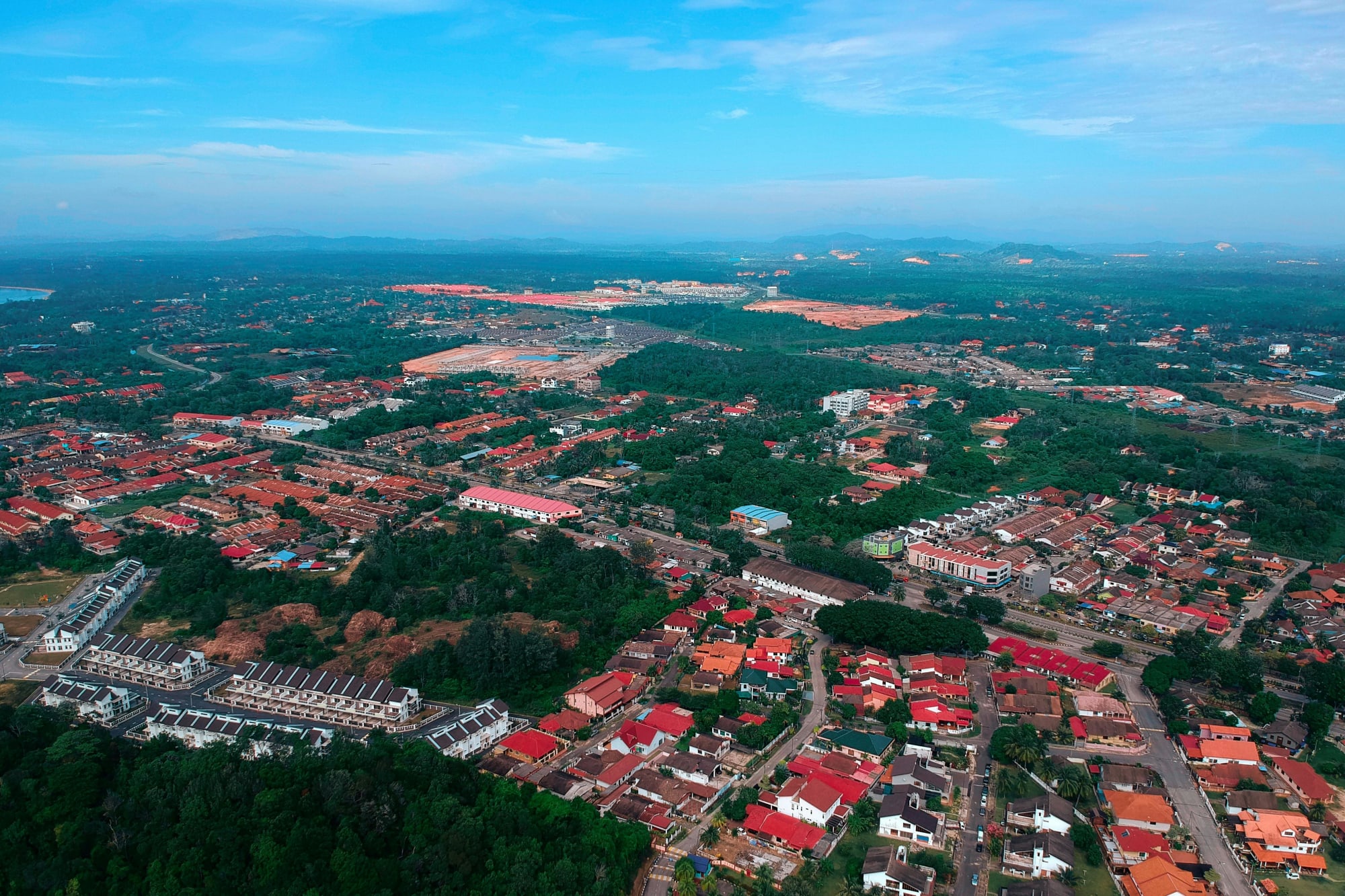Invest
Is passive investing the key to property success?
Many of Australia’s active property managers stick closely to their index, owing to the country’s concentrated listed property market, prompting one researcher to ask if active management is worth the fees.
Is passive investing the key to property success?
Many of Australia’s active property managers stick closely to their index, owing to the country’s concentrated listed property market, prompting one researcher to ask if active management is worth the fees.

In the wake of the global financial crisis in 2008 and 2009, many Australian real estate investment trusts (AREIT) delisted from the exchange, according to investment research house Morningstar.
This resulted in the AREIT world shrinking significantly, with the S&P/ASX300 AREIT index now containing only 32 names, and with 60 per cent of the index invested in only five stocks, the research company said.
“Many active managers have responded to this unique lack of opportunity by taking very little active risk: Essentially their portfolios are similar to the benchmark,” Morningstar said.
In fact, Morningstar’s research found that Australian AREIT portfolios have been more than 75 per cent identical to the index since the global financial crisis, with their returns typically falling within 1 per cent above or below the index’s returns – while the average fee for actively managed AREIT portfolios sits at 1.1 per cent of returns.

Morningstar said this made a compelling case for investing in passive AREIT products, but also noted that not all active AREIT managers were the same, and that there’s “plenty of opportunity for skillful managers to successfully differentiate themselves”.
“The difference between the top and bottom performers within the ASX 300 AREIT Index was about 41 per cent in 2015 and 67 per cent in 2014,” Morningstar said.
“Low costs afford passive strategies a big head start when it comes to returns, however we still have confidence in a handful of active funds that have proven processes and skilled teams to outperform the index.”
Morningstar said its best rated active manager had even managed to outperform the index over rolling three-year periods 80 per cent of the time since its inception, and the additional returns this would offer to investors is “a reward that passive strategies can't offer”.
“We don’t see the point of paying high fees to an active manager for an index-hugging portfolio, so in Australian listed property we’ve tended to favour either low-cost passive managers or active managers who can truly prove their worth,” Morningstar said.
However, Morningstar cautioned investors to consider how much risk they’re willing to take on before investing into an active AREIT portfolio, as much of the outperformance achieved by successful active managers comes from investing off-index.

Property
Australia’s mortgage knife‑fight: investors, first‑home buyers and the new rules of lender competition
The mortgage market is staying hot even as rate relief remains elusive, with investors and first‑home buyers chasing scarce stock and lenders fighting for share on price, speed and digital experienceRead more

Property
Breaking Australia’s three‑property ceiling: the finance‑first playbook for scalable portfolios
Most Australian investors don’t stall at three properties because they run out of ambition — they run out of borrowing capacity. The ceiling is a finance constraint disguised as an asset problem. The ...Read more

Property
Gen Z's secret weapon: Why their homebuying spree could flip Australia's housing market
A surprising share of younger Australians are preparing to buy despite affordability headwinds. One in three Gen Z Australians intend to purchase within a few years and 32 per cent say escaping rent ...Read more

Property
Tasmania’s pet-positive pivot: What landlords, BTR operators and insurers need to do now
Tasmania will soon require landlords to allow pets unless they can prove a valid reason to refuse. This is more than a tenancy tweak; it is a structural signal that the balance of power in rental ...Read more

Property
NSW underquoting crackdown: the compliance reset creating both cost and competitive edge
NSW is moving to sharply increase penalties for misleading price guides, including fines linked to agent commissions and maximum penalties up to $110,000. Behind the headlines sits a more ...Read more

Property
ANZ’s mortgage growth, profit slump: why volume without margin won’t pay the dividends
ANZ lifted home-lending volumes, yet profits fell under the weight of regulatory and restructuring costs—an object lesson in the futility of growth that doesn’t convert to margin and productivityRead more

Property
Rate pause, busy summer: where smart capital wins in Australia’s property market
With the Reserve Bank holding rates steady, the summer selling season arrives with rare predictability. Liquidity will lift, serviceability stops getting worse, and sentiment stabilises. The ...Read more

Property
The 2026 Suburb Thesis: A case study in turning trend lists into investable strategy
A new crop of ‘suburbs to watch’ is hitting headlines, but translating shortlist hype into bottom-line results requires more than a map and a mood. This case study shows how a disciplined, data-led ...Read more

Property
Australia’s mortgage knife‑fight: investors, first‑home buyers and the new rules of lender competition
The mortgage market is staying hot even as rate relief remains elusive, with investors and first‑home buyers chasing scarce stock and lenders fighting for share on price, speed and digital experienceRead more

Property
Breaking Australia’s three‑property ceiling: the finance‑first playbook for scalable portfolios
Most Australian investors don’t stall at three properties because they run out of ambition — they run out of borrowing capacity. The ceiling is a finance constraint disguised as an asset problem. The ...Read more

Property
Gen Z's secret weapon: Why their homebuying spree could flip Australia's housing market
A surprising share of younger Australians are preparing to buy despite affordability headwinds. One in three Gen Z Australians intend to purchase within a few years and 32 per cent say escaping rent ...Read more

Property
Tasmania’s pet-positive pivot: What landlords, BTR operators and insurers need to do now
Tasmania will soon require landlords to allow pets unless they can prove a valid reason to refuse. This is more than a tenancy tweak; it is a structural signal that the balance of power in rental ...Read more

Property
NSW underquoting crackdown: the compliance reset creating both cost and competitive edge
NSW is moving to sharply increase penalties for misleading price guides, including fines linked to agent commissions and maximum penalties up to $110,000. Behind the headlines sits a more ...Read more

Property
ANZ’s mortgage growth, profit slump: why volume without margin won’t pay the dividends
ANZ lifted home-lending volumes, yet profits fell under the weight of regulatory and restructuring costs—an object lesson in the futility of growth that doesn’t convert to margin and productivityRead more

Property
Rate pause, busy summer: where smart capital wins in Australia’s property market
With the Reserve Bank holding rates steady, the summer selling season arrives with rare predictability. Liquidity will lift, serviceability stops getting worse, and sentiment stabilises. The ...Read more

Property
The 2026 Suburb Thesis: A case study in turning trend lists into investable strategy
A new crop of ‘suburbs to watch’ is hitting headlines, but translating shortlist hype into bottom-line results requires more than a map and a mood. This case study shows how a disciplined, data-led ...Read more








